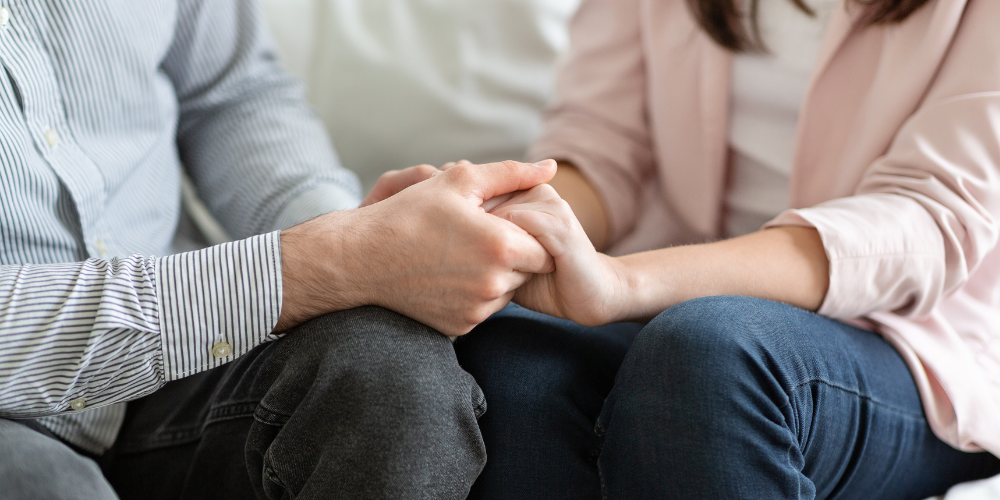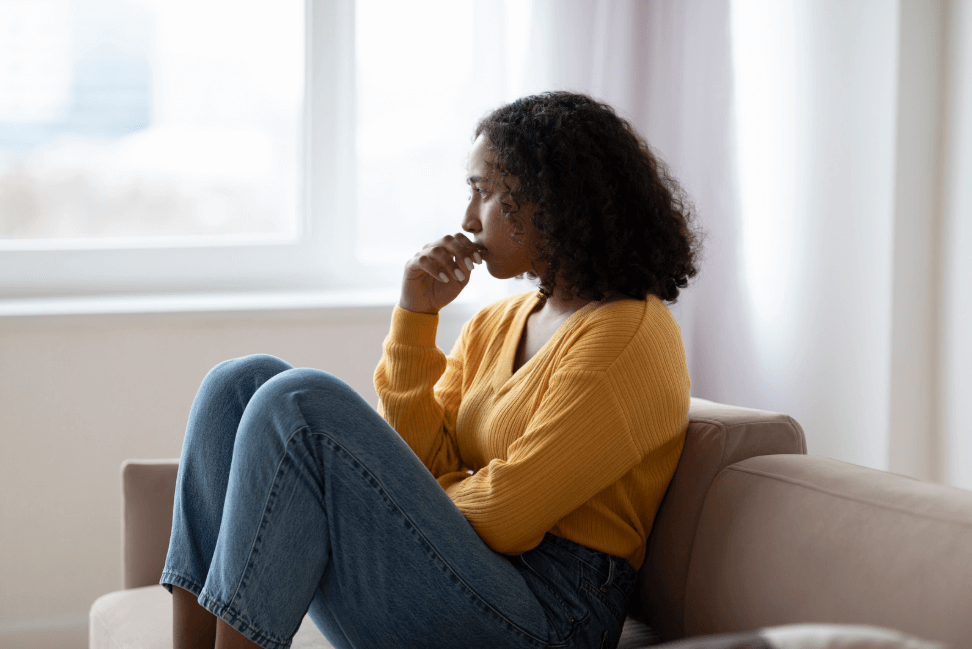What is Codependency?

Codependency is a relationship dynamic in which there is a taker and a giver. The taker’s needs and wants are prioritized over the giver’s; and in turn, the codependent person, known as the giver, needs to be needed. This dynamic can unfold in a romantic relationship or friendship, or it can be a familial dynamic, such as between a parent and a child.
Codependency sometimes applies to a relationship in which the taker has substance abuse issues, and is where the term originated, but a give-and-take dynamic is not limited to substance abuse scenarios. Note that codependency is not a clinically diagnosable disorder, yet this dynamic undoubtedly leads to distress and impairment for the codependent person.
What are the signs of codependency?
- Clinginess
- Need for reassurance
- Low self-esteem
- Self-sacrifice
- Need for control
- Lack of boundaries
- Feelings of worthlessness unless needed by the taker
- Lying or manipulation
- Difficulty making decisions
- Strong negative emotions
- Constant fear of rejection
What causes codependency?
Codependency often stems from one’s relationship with their parents. If a parent struggled with addiction or was over or under-protective, they may form codependent bonds with their children. Often, children who are under pressure to please the adults in their lives will then go on to have codependent relationships as adults. Children who received a lack of affection from their parents, or those whose parents never let them gain independence and confidence in themselves, may be more susceptible to repeating these dynamics in adulthood. Those who were underserved often take on the role of the giver as a means of gaining the affection they lacked, while those who were coddled or limited often become the taker in their adult relationships.
While childhood circumstances are often the cause of codependent relationships, it can also develop as an adult. In relationships where abuse, addiction, or low self-esteem is present, partners can learn this behavior. A strong fear of rejection is present, making it difficult to break the pattern.
How to become less codependent
Explore childhood dynamics and identify the unhealthy patterns that show up in present relationships. Recognizing that a relationship is codependent can go a long way in changing existing dynamics. Have an honest conversation with the other half of the codependent relationship, and discuss ways to work on the dynamic.
Seek therapy, whether couples’, family, or individual. Having a neutral space and party to discuss how codependency is affecting one’s life and relationships will help. If a couple or family has difficulty discussing the issue and identifying solutions, having a therapist there to facilitate the discussion can make a noticeable difference. In individual therapy, building self-esteem and identifying issues in the past that reinforce these patterns can help break the pattern of codependency.
Setting boundaries moving forward will change the dynamic of the relationship as well. Instead of self-sacrificing, it’s important to identify limits to what you will do for a partner or family member. While it can be difficult to maintain and enforce boundaries, it will eventually become easier and can make a difference. Making time for yourself outside of the relationship can provide perspective and fulfillment. Accepting the other person for where they are at also gives perspective and can help you evaluate where the relationship is at, and what needs to be done on your side to change the relationship.
Ready to prioritize your mental health?
Great Lakes Psychology Group is here to help. With an extensive network of caring therapists available to meet online or in-person, we make it easy to find the right fit for your unique needs.




